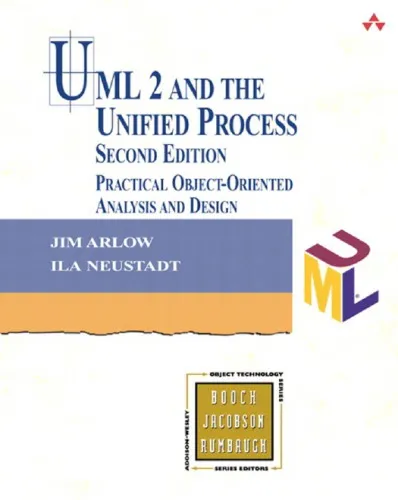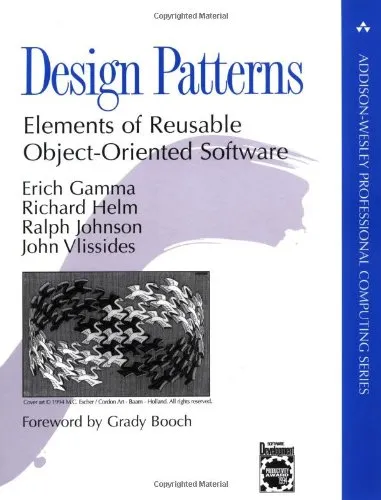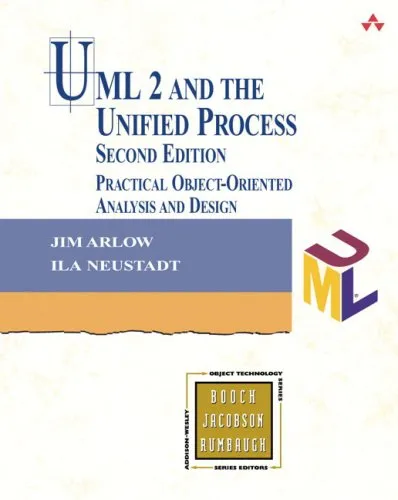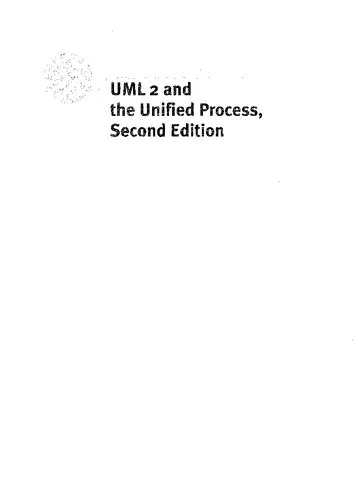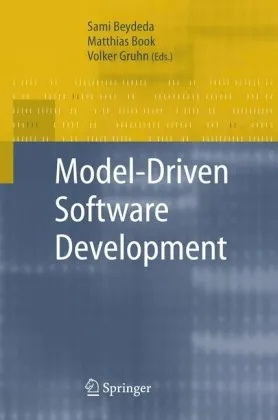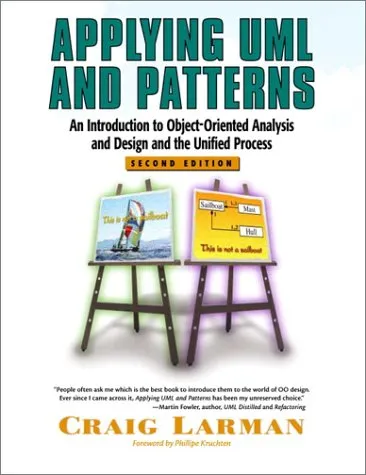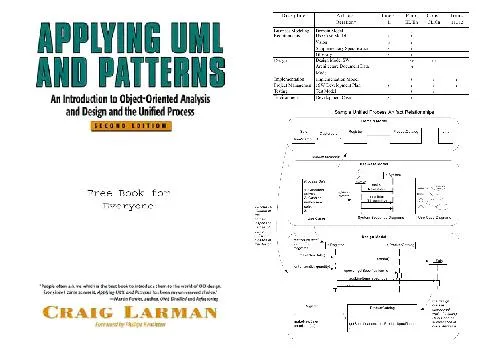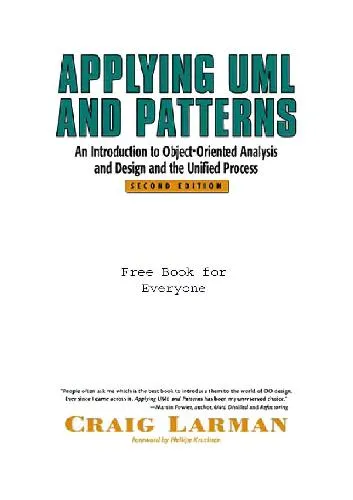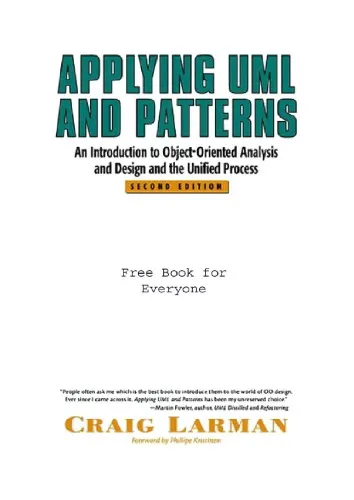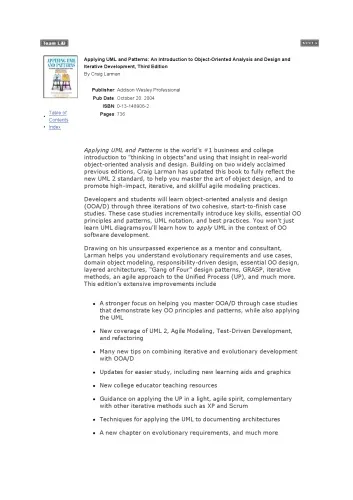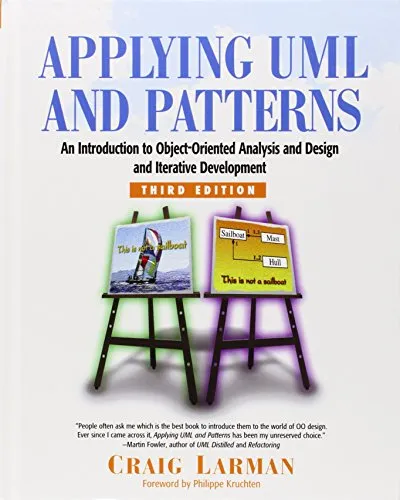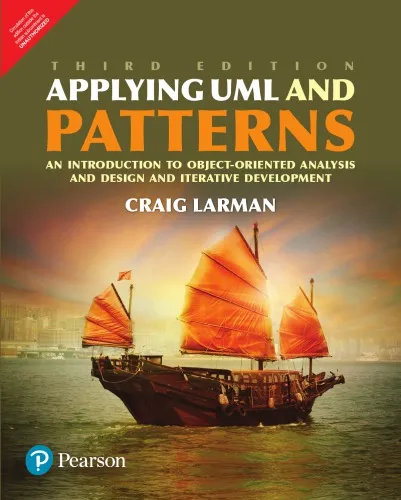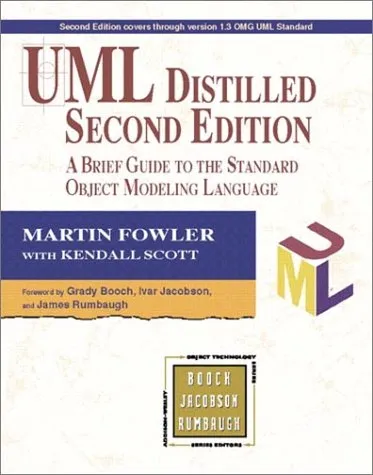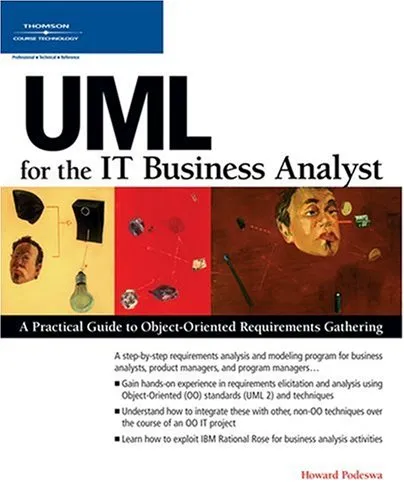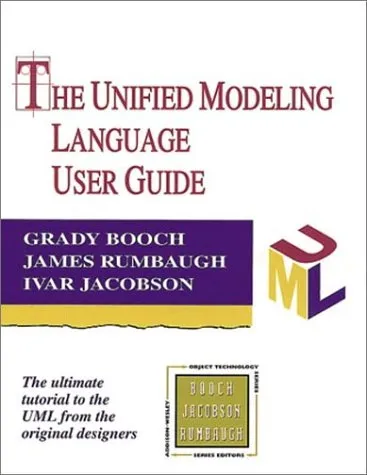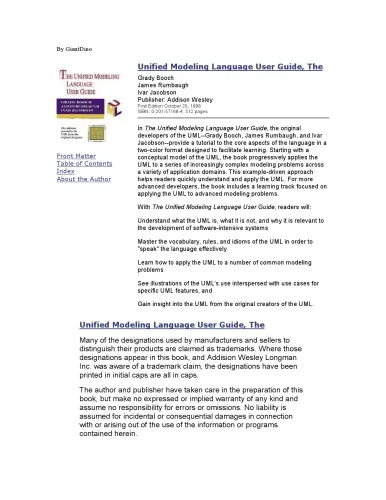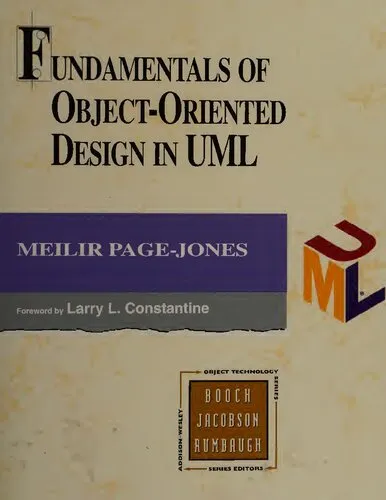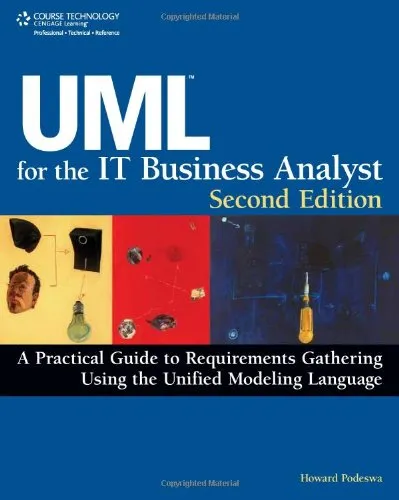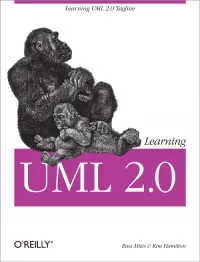UML 2.0 and the unified process: practical object-oriented analysis and design
3.7
Reviews from our users

You Can Ask your questions from this book's AI after Login
Each download or ask from book AI costs 2 points. To earn more free points, please visit the Points Guide Page and complete some valuable actions.Related Refrences:
Persian Summary
Introduction
Welcome to "UML 2.0 and the Unified Process: Practical Object-Oriented Analysis and Design," a comprehensive guide designed to equip you with the essential knowledge and skills needed to master UML 2.0 and apply it within the framework of the Unified Process. This book is an invaluable resource for software developers, architects, and project managers who wish to leverage UML for effective modeling and design in their software projects.
Detailed Summary of the Book
This book delves deeply into the Unified Modeling Language (UML) version 2.0, which has become the standard for visualizing, specifying, constructing, and documenting the artifacts of a software system. Through a practical approach, it helps readers understand the nuances of object-oriented analysis and design, opening doors to more efficient and manageable software development practices.
The book begins by laying a solid foundation in the core concepts of UML 2.0, exploring its syntax and semantics. It then integrates these technical aspects with the Unified Process, guiding readers through the iterative and incremental methodologies that form the backbone of modern software development. Throughout the book, various case studies and practical examples illustrate the application of theoretical concepts, ensuring that readers can effectively translate knowledge into practice.
Key Takeaways
- Gain a thorough understanding of UML 2.0 and its application in real-world scenarios.
- Learn how to implement object-oriented analysis and design principles within the context of the Unified Process.
- Develop the ability to create clear and effective models that communicate software requirements and design decisions.
- Get insights into best practices for iterative software development and how to manage complexity in large projects.
Famous Quotes from the Book
"The power of UML lies not just in its ability to communicate design, but in its capacity to illuminate and simplify the often complex realities of software development."
"In the dynamic world of software, adaptability is key. UML 2.0 provides the tools needed to embrace change and stay agile in the face of evolving requirements."
Why This Book Matters
This book serves as a crucial asset to anyone involved in software development and design due to its practical approach and in-depth coverage of UML 2.0. It stands out by seamlessly integrating UML with the Unified Process, offering a structured path through the often complex software development lifecycle. Its practical emphasis goes beyond mere theoretical knowledge, enabling professionals to elevate their design and architecture practices, resulting in more robust and sustainable software systems.
As software systems grow in complexity and scope, the need for effective modeling techniques becomes even more essential. "UML 2.0 and the Unified Process: Practical Object-Oriented Analysis and Design" not only teaches the technical skills necessary to create these models but also fosters the critical thinking required to apply them effectively. By focusing on real-world application, this book ensures that readers are not just passive learners but capable architects ready to tackle the challenges of modern software development.
Free Direct Download
You Can Download this book after Login
Accessing books through legal platforms and public libraries not only supports the rights of authors and publishers but also contributes to the sustainability of reading culture. Before downloading, please take a moment to consider these options.
Find this book on other platforms:
WorldCat helps you find books in libraries worldwide.
See ratings, reviews, and discussions on Goodreads.
Find and buy rare or used books on AbeBooks.
Questions about Book
1668
بازدید3.7
امتیاز0
نظر98%
رضایتReviews:
3.7
Based on 0 users review
Questions & Answers
Ask questions about this book or help others by answering
No questions yet. Be the first to ask!
